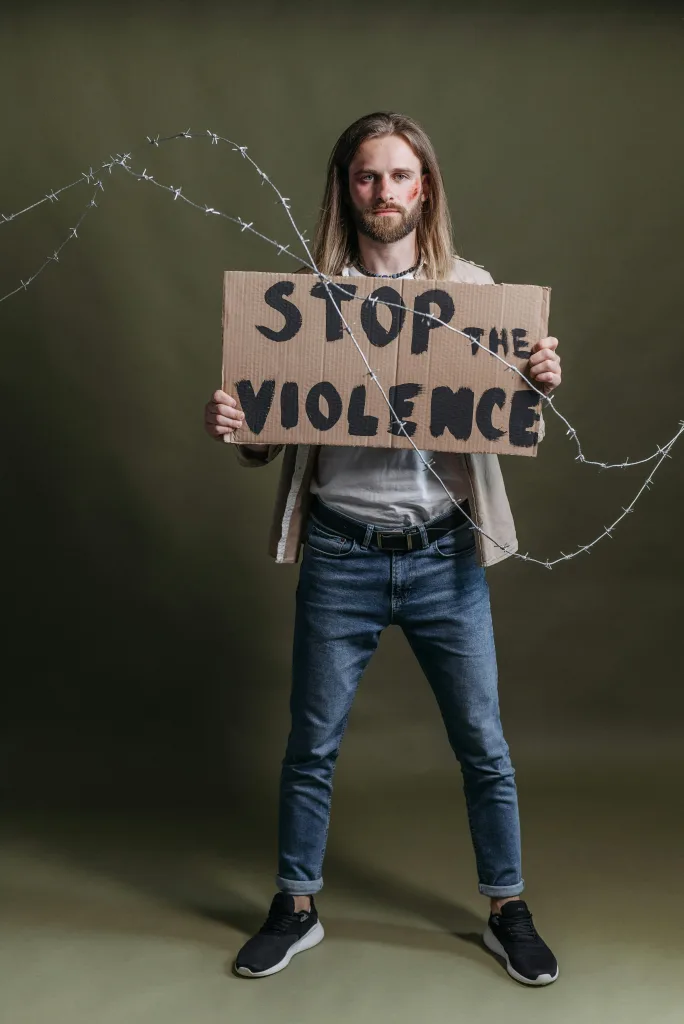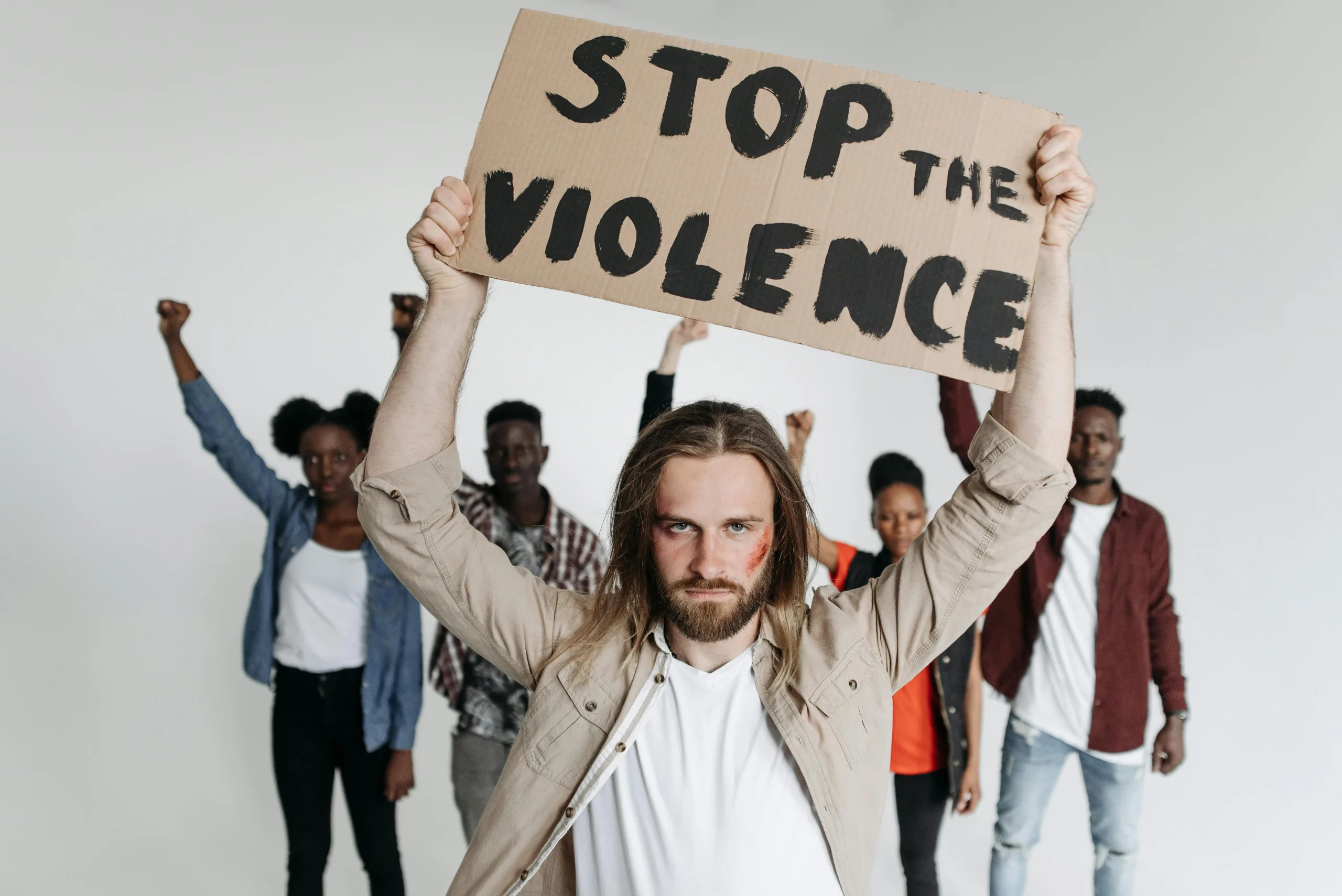Outline for “Beyond the Bruises: Understanding Health Impacts of Gender-Based Violence“

The exploration of gender-based violence (GBV) requires a comprehensive understanding of its health implications, which extend far beyond the immediate physical injuries sustained by victims. This section meticulously outlines the structure of the publication, emphasizing the multifaceted nature of GBV and its profound impact on individual health and well-being. The framework will guide readers through the various dimensions of health affected by GBV, including physical, mental, reproductive, and community health, ensuring a holistic perspective on this critical issue.


No responses yet